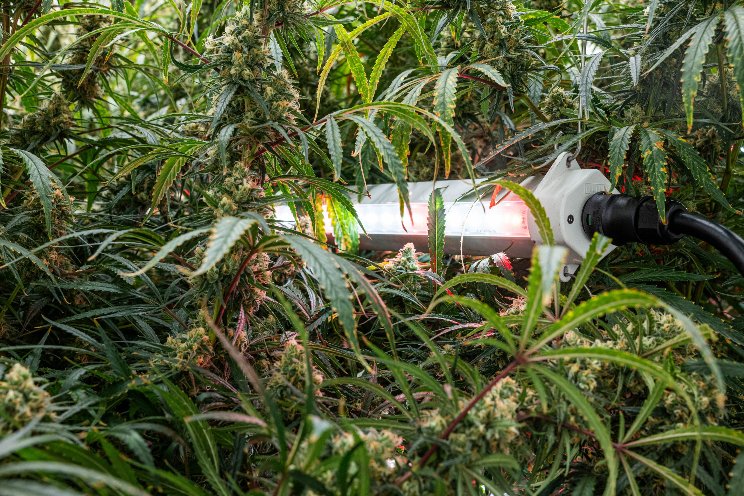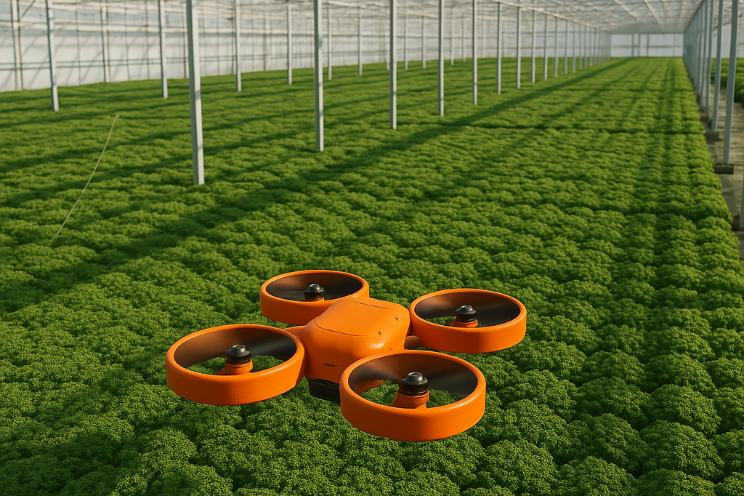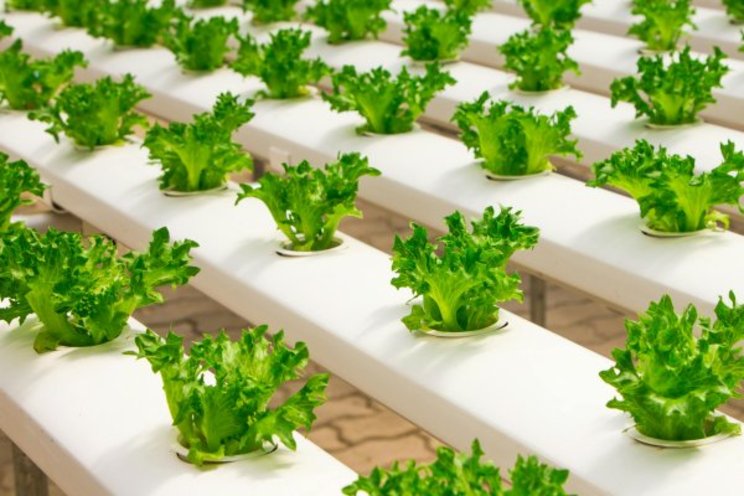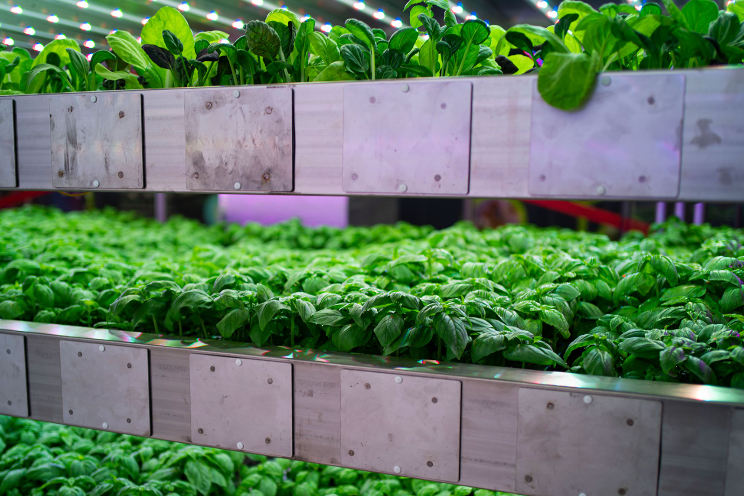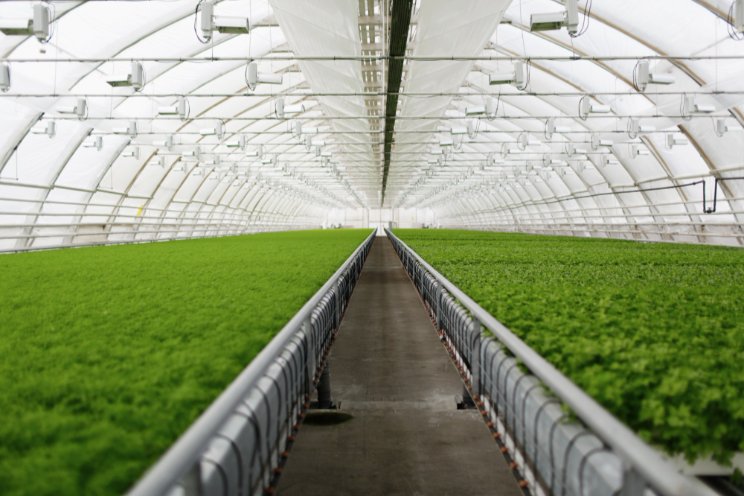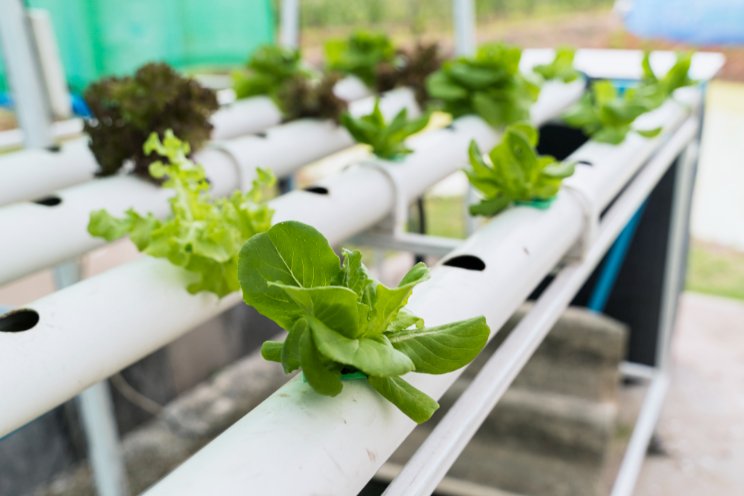With respect to light tolerance and utilization, cannabis behaves more like a field crop than a horticultural crop. There is an abundance of evidence from commercial operations, grower participatory trials, and research projects showing that cannabis can produce a positive yield response to daily light integrals in excess of 60 mol·m-2·day-1 (1800 mol·m-2·day-1 for 12 hours). However, that same evidence reveals a strong interaction with cultivar. Some cannabis varieties respond in a near linear fashion to increasing light delivery at just about any light intensity; whereas others begin to show diminishing returns and even yield loss. Furthermore, some cultivars demonstrate phenotypic responses to light that are independent of yield response. In other words, a plant may continue to yield more biomass as light delivery is increased, but the morphology of that flower becomes undesirable. This can manifest itself as re-vegging, fox tailing, or changes in color.
On the other hand, most cannabis plants have undesirable reactions to low intensity light. Light quality and intensity at individual flowering sites are determining factors of the size and density of individual buds. The modified leaves that form cannabis inflorescences are photosynthetically active, so the best growth is achieved by enabling the flowers to power their own development. Additionally, cannabis inflorescences respond to light in much the same way as the rest of the plant: by stretching. Thus, low light intensities result in small, loosely packed inflorescences.
Continue reading.
Source:
